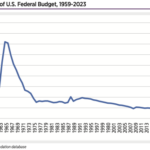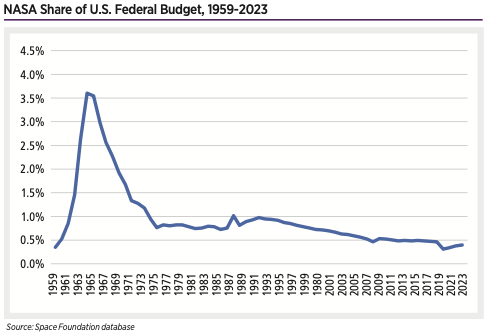2008
Japanese Workforce by Sector, 2005-2021
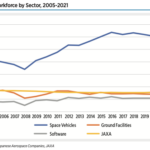
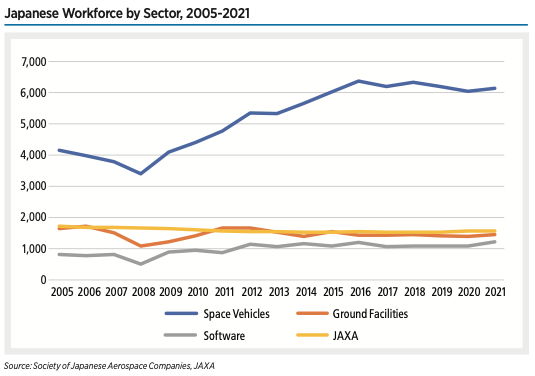
JAXA employed 1,580 individuals at the beginning of 2023. Out of this total, 1,123 (71%) are engineering and research employees. Even though Japan as a whole is struggling with an aging population, JAXA’s age demographics are more normally distributed than many other nation’s space agencies.
University nanosatellite launches skyrocket over past decade
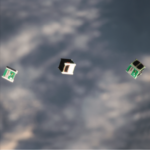
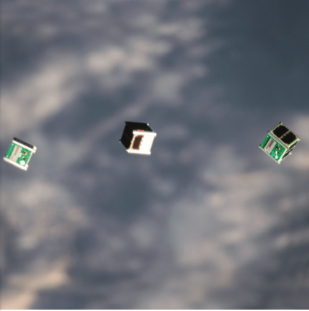
Universities across the globe are building an increasingly large presence in space by attaching student satellite projects to launches. Since the advent of nanosatellites and CubeSats, the barrier to space entry has never been lower for students.
NASA Share of U.S. Federal Budget, 1959-2023
Male vs Female Astronauts, 1961-Sept. 8, 2023
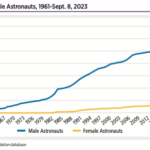
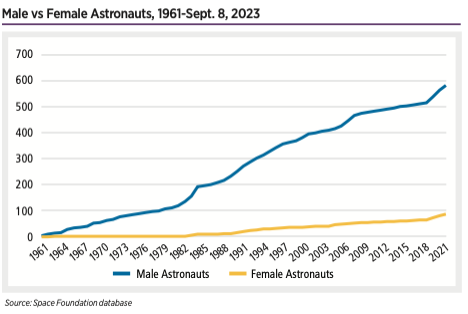
The most significant human spaceflight trend in recent years has been a shift to focus on diversification.
Space Insurance Industry Estimates, 2002-2022
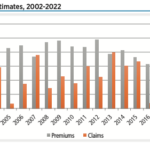
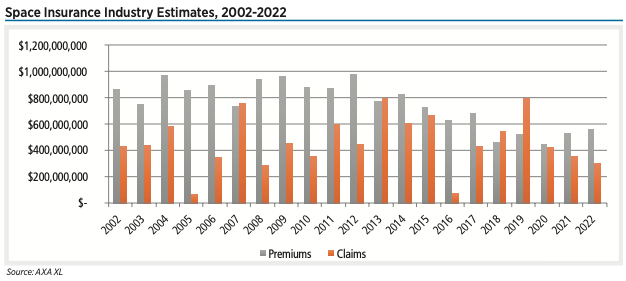
Operating in the space sector involves risks. Space launch is complex and launch failures are possible, even for well-established vehicles. New vehicles typically carry even greater risk. Once spacecraft successfully reach orbit, issues may arise due to factors such as space weather, space debris and a crowded orbital environment. To deal with these risks, many companies in the space sector invest in space insurance. As of 2023, there were about 25 direct space insurance companies worldwide.
Global Space Activity by Category, 2007-2027
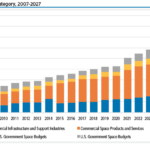
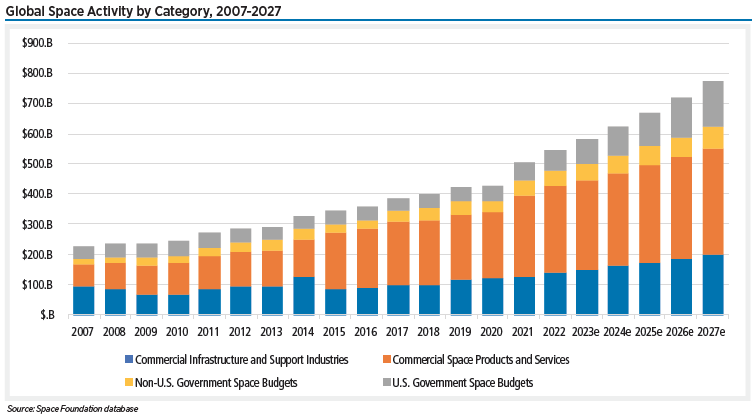
Based on global economic factors, Space Foundation forecasts that growth will slow slightly in 2023 to 6% before picking up for an average five-year growth of 7%. Under these conditions, the space economy would total $772 billion in 2027. This forecast incorporates existing markets in the space economy and does not predict any future disruptive technologies that could have extraordinary growth over the coming years.
Active Launch Vehicle Operators by Type, 2000-2022
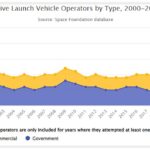
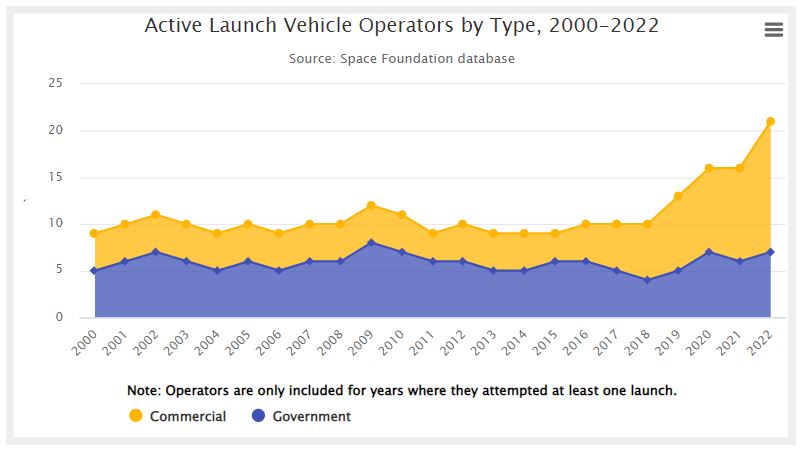
Orbital launch attempts have more than tripled since a lull in activity in the early 2000s bottomed out at 55 attempts in 2004. Part of the rapid growth in the past few years is due to a sharp increase in launch vehicle operators after a long period with an average just shy of 10 distinct operators per year.
NASA Civil Servant Workforce Age Profiles over Time 1993-2023
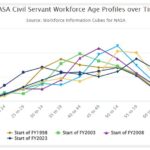
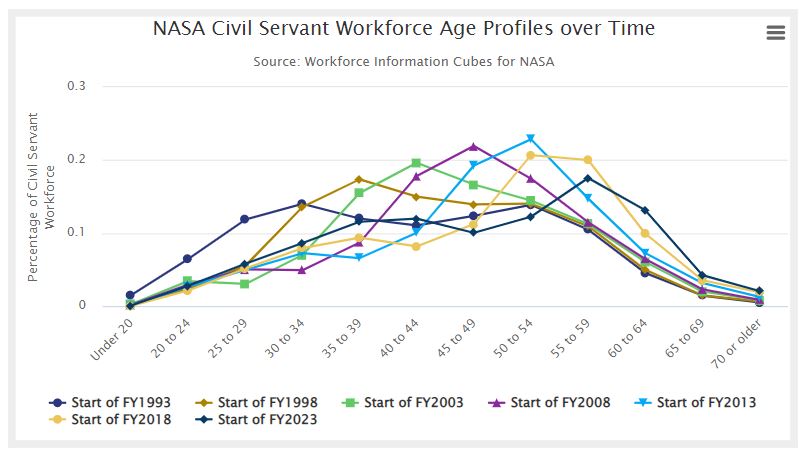
For many years, NASA has been working to manage the aging of its workforce. As of the beginning of FY 2023, 23% of the NASA workforce was eligible for retirement.
Launch Attempts by Top Operators, 2000-2022
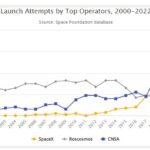
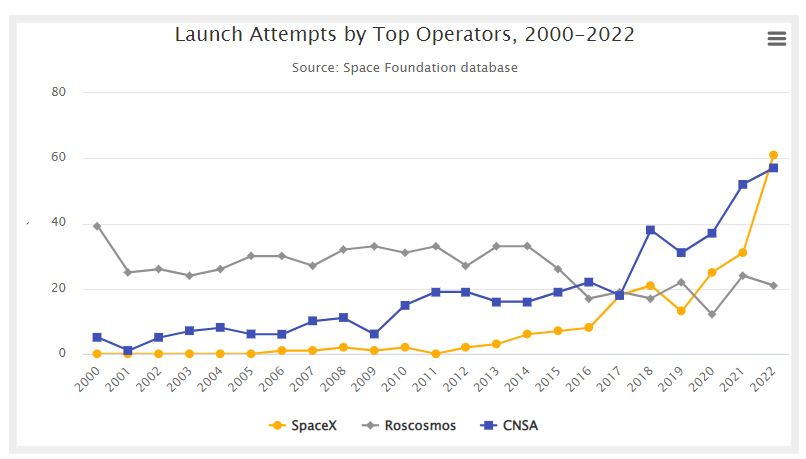
Two of the top three launch operators — CNSA and SpaceX — have contributed to overall launch activity growth by exponentially increasing their pace, while the third — Roscosmos — decreased its annual launches by 42% from 2000 to 2022.
Science and Engineering Degrees, in Thousands, 2000-2016
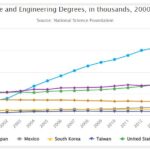
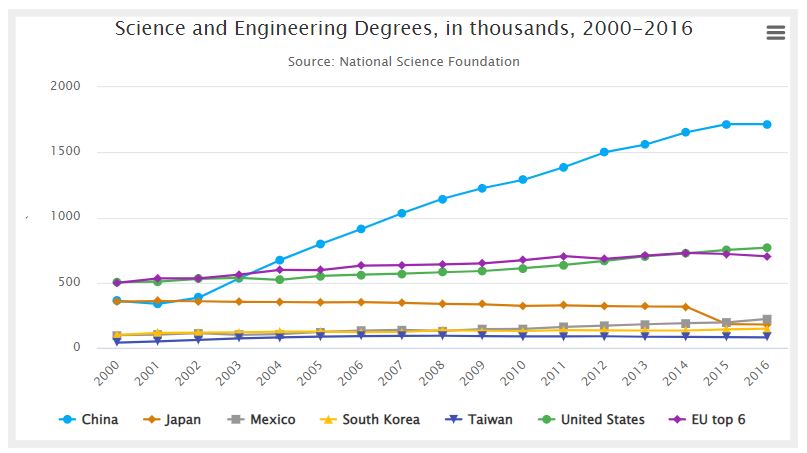
“Space education, research, and workforce development in the public and private sectors are core components of the U.S. national interest, with the potential to drive exploration and scientific discovery, to find new solutions for pressing challenges, including climate change, to strengthen American national security, and to provide good-paying jobs for Americans,” the roadmap document states.
